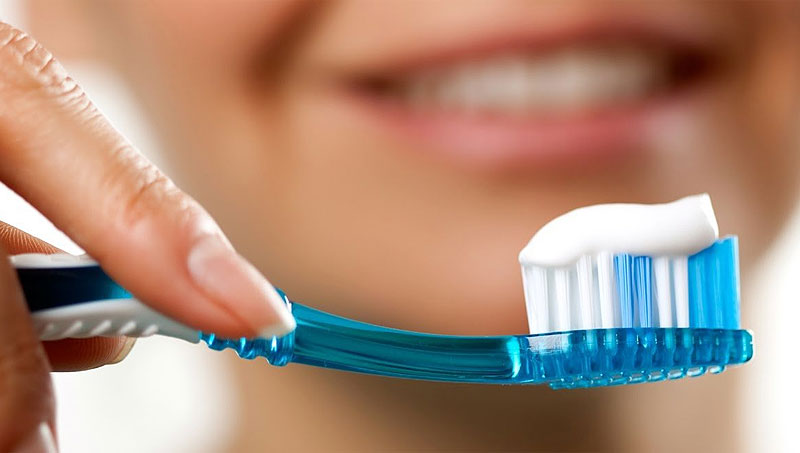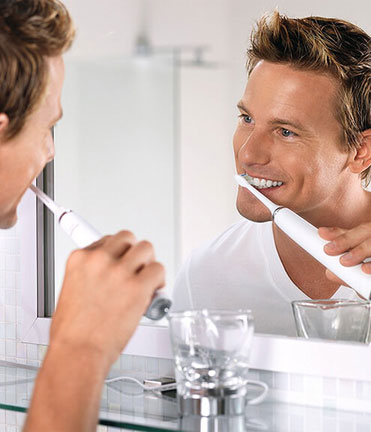
Oral hygiene is essential to your overall well-being, not just your oral health. In fact, gum disease is a major risk factor for certain serious illnesses, such as diabetes and heart disease. Brushing your teeth regularly is one of the best ways to maintain the health of your teeth and gums. However, how do you choose the best toothbrush?
Tips for choosing a toothbrush
Whether electric or manual, a toothbrush has specific characteristics. The variety of styles, sizes, and shapes of toothbrushes available can make choosing one difficult. Here are some criteria to consider:

Expert Recommendations. Choose electric or manual toothbrushes certified by the American Dental Association. You can also ask your dentist to ensure your toothbrush has passed quality control tests, ensuring its safety and cleaning effectiveness.
hair options. The manual tooth brushes or exchangeable teeth for tooth brushes have electrical appliances available with nylon poils, moyens or souples. The soup pots are the largest option and the most comfortable for the gender. When the hair resistance and the brushing method, you will be prompted by the email that protects your dents, racins and gums. Extremely high oils provide a more effective protection.
The tail of the brush and dents. This ideal tooth brush is the cell that allows a facile access to all the surfaces of your dents. A 2.5 cm thick dent brush and a large 1.2 cm dent brush can easily be used for adult mouths and make it effective for all dents. The brush on the dents should be long enough for a comfortable main prize.
Be sure to replace your toothbrush that dents all of the main ones or when it starts when the signs appear, as the previous event. It is also necessary to replace your brush on your dents after a rheumatoid infection, as the poils may accumulate bacteria and prevent infection.










